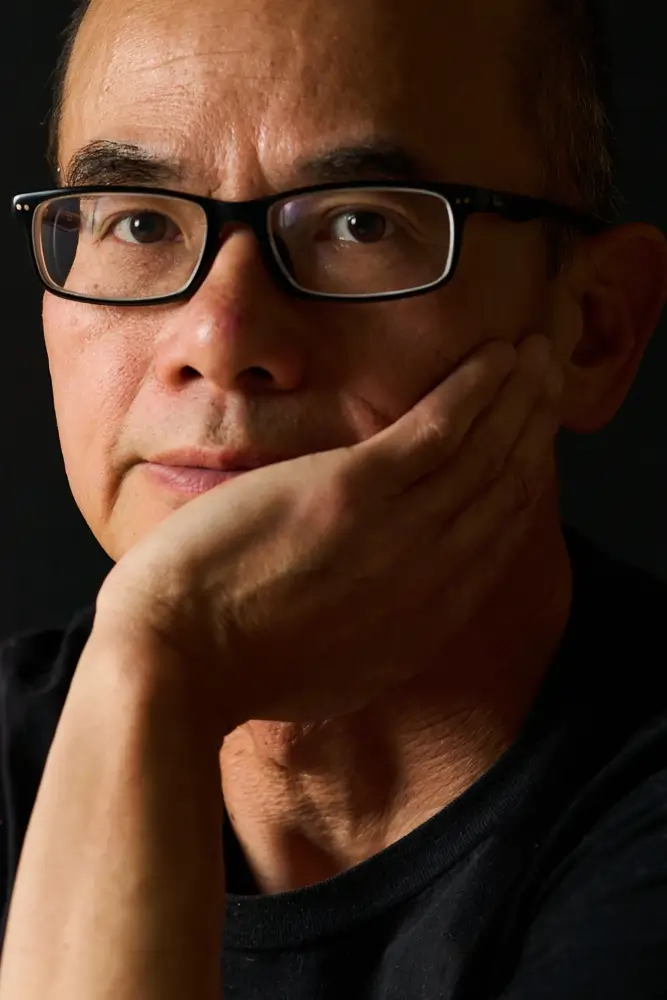Growing up in the dense, vertical landscape of Hong Kong, Jet Long was captivated by the interplay of light, shadow, and form that defined his urban environment. Surrounded by modern architecture and the constant hum of city life, he developed a deep sensitivity to the structures and rhythms that shape the world around us. After working in Information Technology, he transitioned to photography, channeling his analytical mindset into an artistic pursuit. Now based in Los Angeles, his work involves the abstract forms of modern buildings, capturing the minimalist lines and textures that transform everyday structures into visual narratives.
A passionate traveler, he is deeply inspired by the cultures, landscapes, and people he encounters along the way. From remote natural environments to the vibrant street life of cities, he seeks to capture not only the natural beauty of the world but also the rich tapestry of human stories woven into each place.
